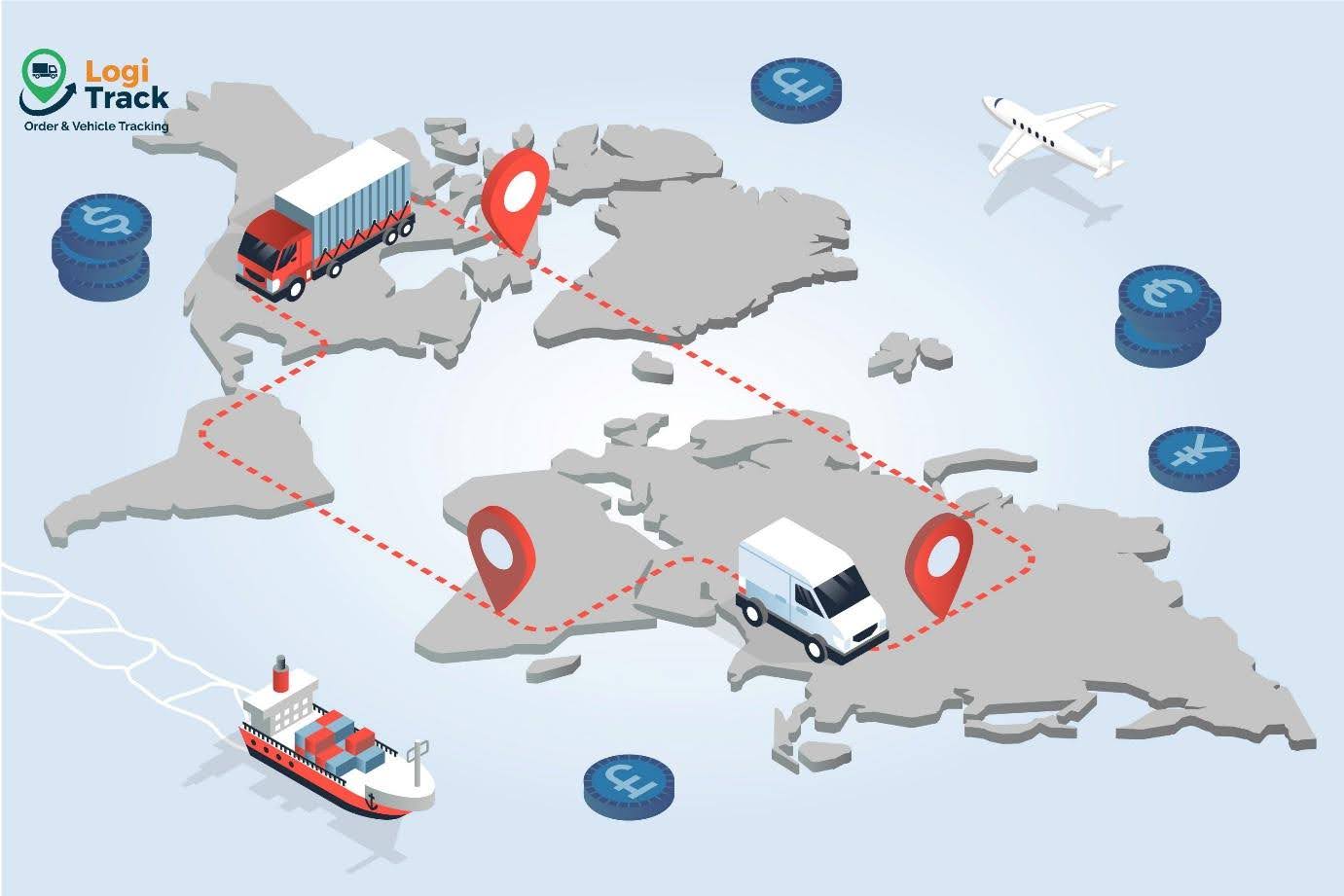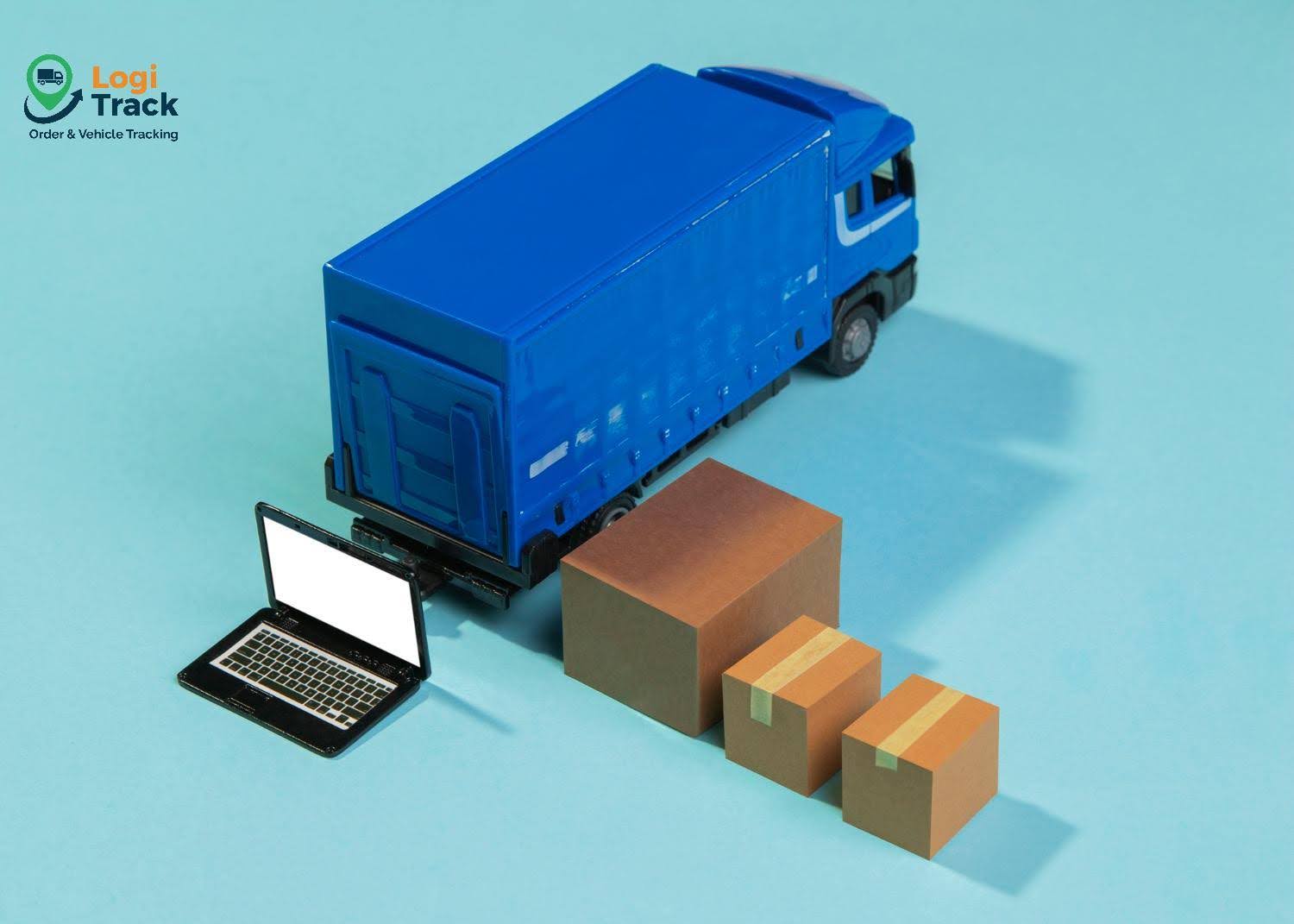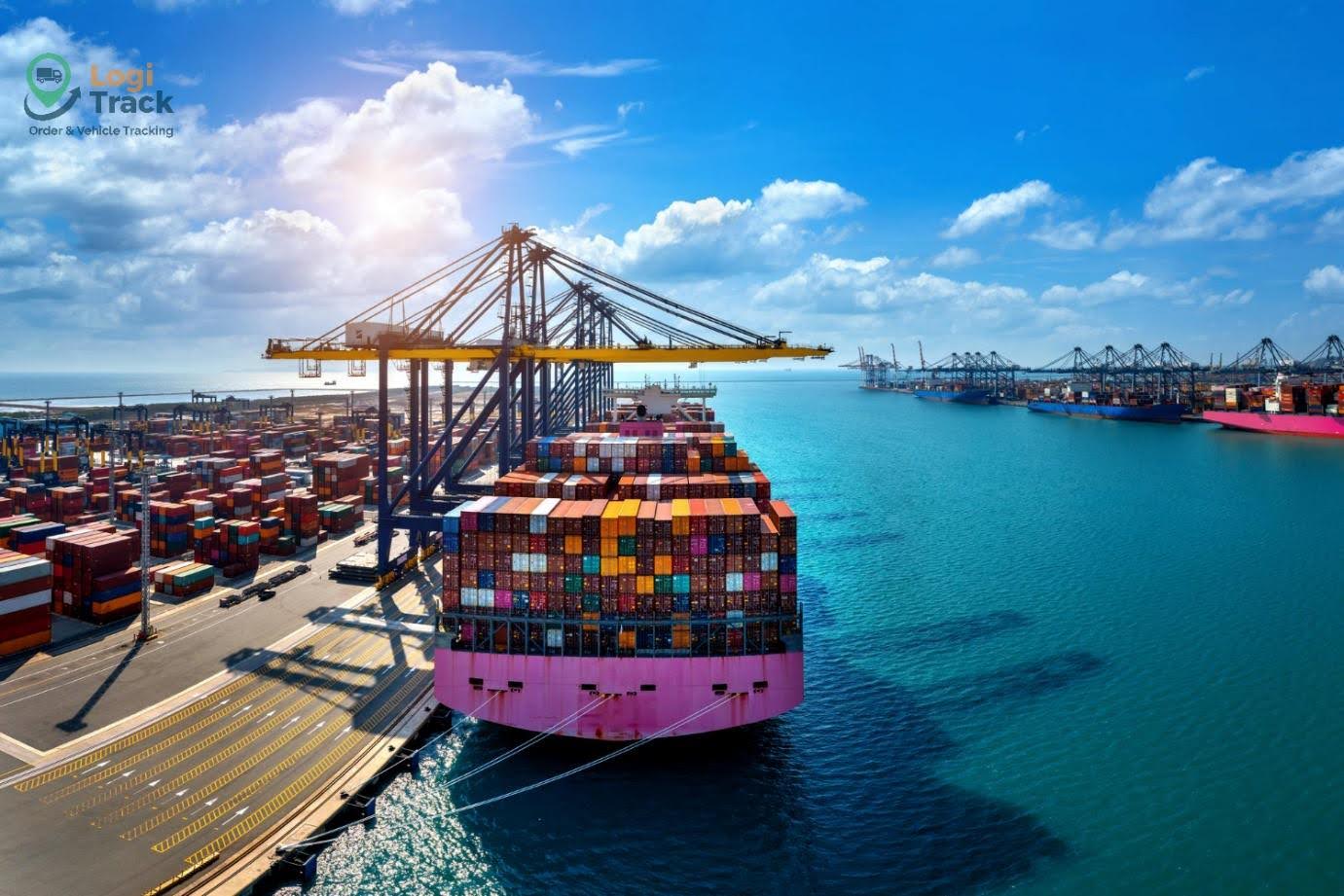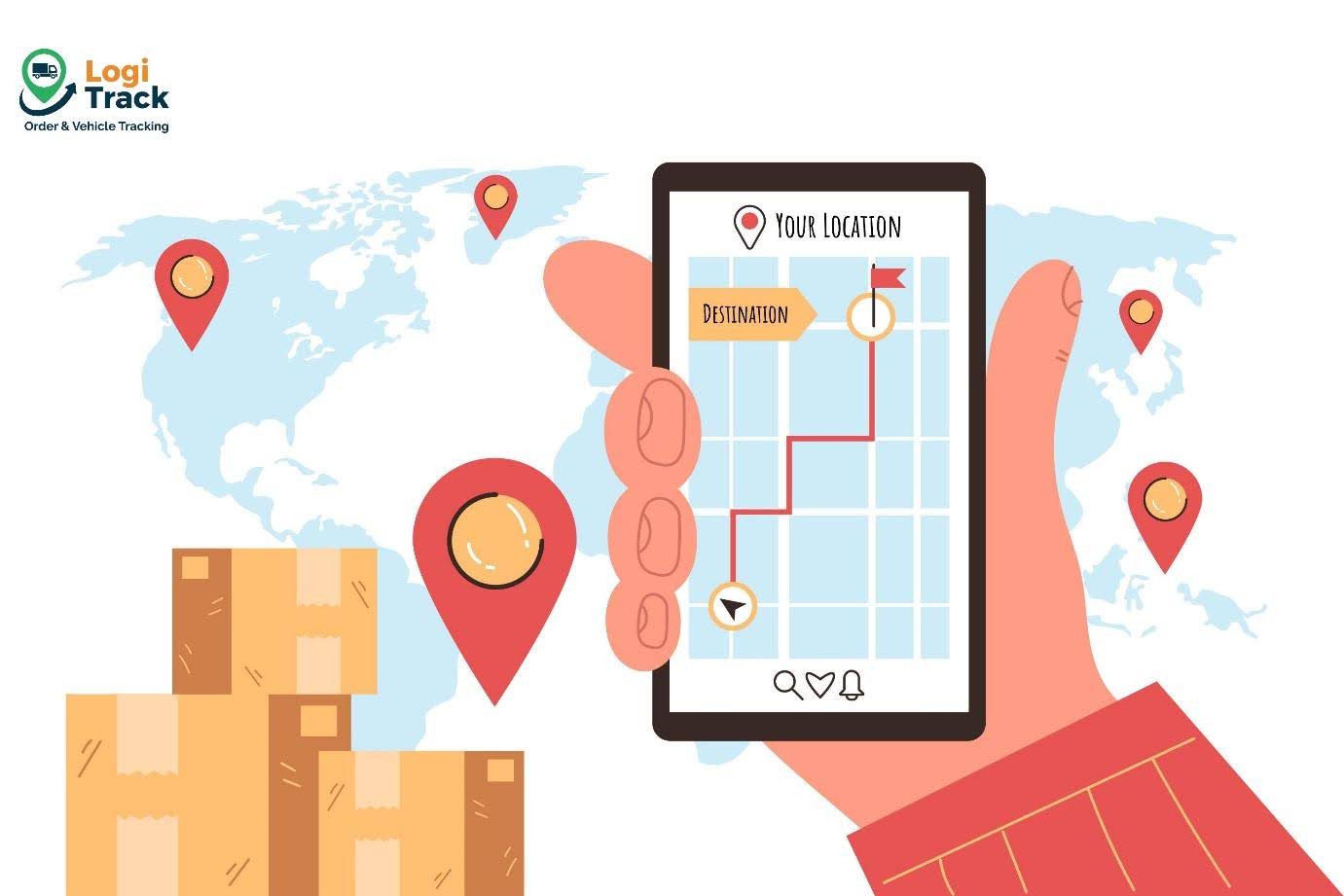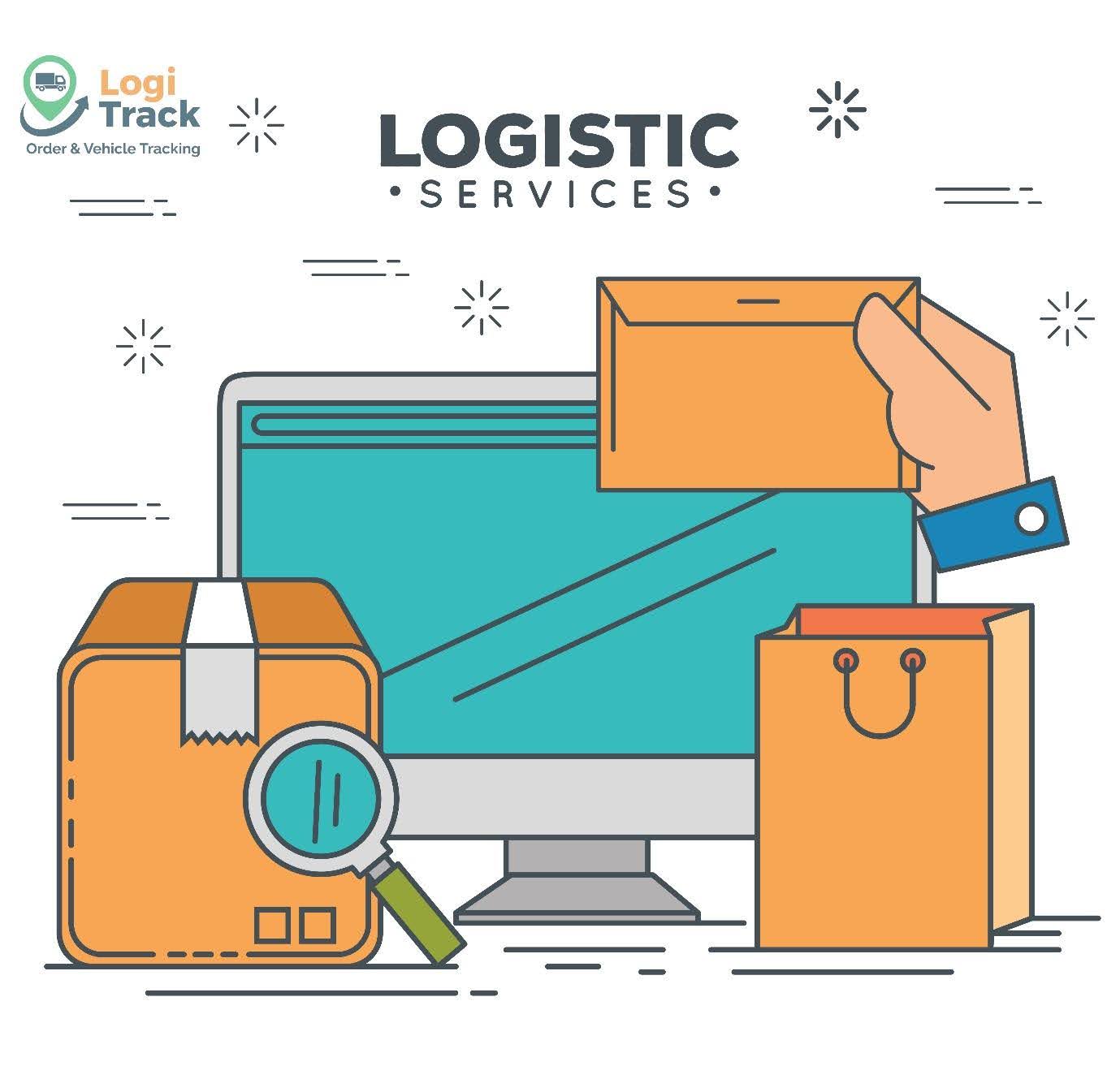In the booming era of e-commerce, the ability to track shipments in real time has become a key factor for businesses to build customer trust and optimize logistics operations. When buyers know exactly where their orders are and when they will arrive, customer satisfaction rises—strengthening brand reputation and competitive advantage.
According to Statista, over 80% of online customers expect real-time order status updates. This shows that enhancing transparency through shipment tracking is no longer optional—it has become a mandatory standard.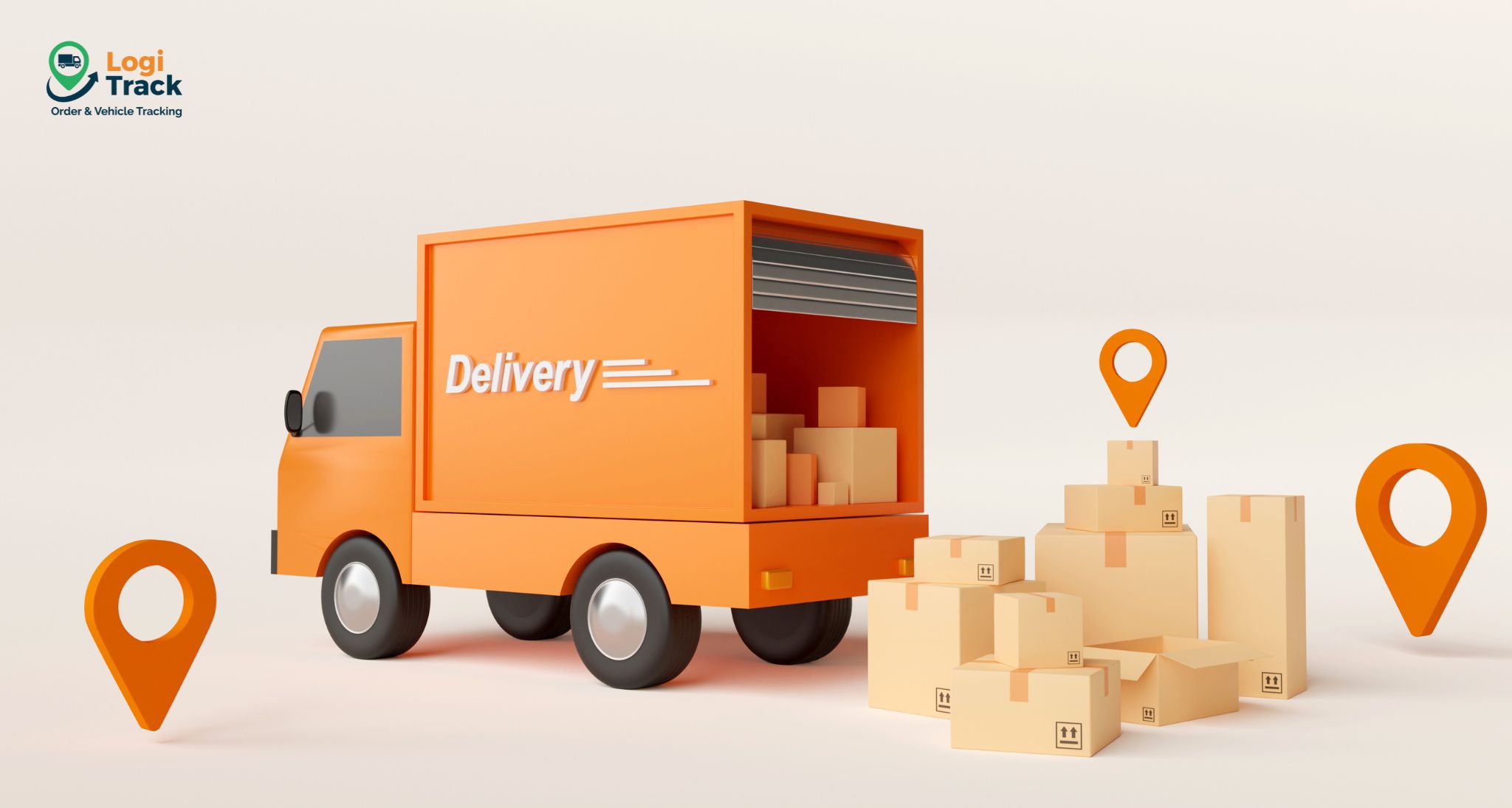
Why is Shipment Tracking So Important?
Across the supply chain—from manufacturers, distributors, warehouses, and carriers to end customers—every link requires transparent, accurate, and timely information. A lack of transparency can lead to:
-
Loss of customer trust: Without accessible tracking, buyers worry about order status, increasing complaints.
-
Inefficient issue resolution: Delays, losses, or damages are harder to detect and fix without real-time data.
-
Rising operational costs: Businesses spend more resources answering inquiries and manually locating shipments.
-
Inefficient supply chain management: Inaccurate data reduces the ability to plan and optimize warehousing and transportation.
To boost transparency and optimize logistics, implementing a modern shipment tracking system is essential.
Benefits of Shipment Tracking Systems
-
Real-time updates: Customers and businesses can see exactly where shipments are and their condition with just one click.
-
Enhanced trust and customer experience: Transparency reassures buyers, reduces complaints, and improves retention.
-
Faster issue detection and resolution: Alerts highlight delays or risks immediately, enabling timely adjustments.
-
Supply chain optimization: Tracking data helps analyze routes, lower transport costs, and improve warehouse efficiency.
-
Multi-channel support: Integrates with e-commerce platforms, OMS (Order Management Systems), and TMS (Transportation Management Systems) for synchronized data.
Technologies Driving Transparency
-
GPS & IoT: Track vehicles and containers, monitor routes, and capture temperature data for cold-chain logistics.
-
Barcode & QR Code: Enable quick scans at checkpoints with instant system updates.
-
Blockchain: Ensures tamper-proof shipment data, delivering absolute transparency.
-
AI & Big Data: Predict accurate delivery times and flag risks before they occur.
Steps to Improve Shipment Transparency
-
Assess current needs: Determine order volumes, transport methods, and tracking weaknesses.
-
Choose the right solution: Select a tracking system that integrates with OMS, TMS, and WMS, supports multi-channel, and provides real-time updates.
-
Train staff and inform customers: Educate internal teams and make tracking easily accessible for customers.
-
Monitor and continuously improve: Use collected data to refine routes, lower costs, and accelerate deliveries.
Building a Competitive Edge with Transparency
In today’s highly competitive e-commerce and logistics landscape, shipment tracking not only enhances transparency but also improves customer experience, lowers operating costs, and optimizes supply chains. Businesses that invest early in modern tracking technology will gain a sustainable competitive advantage and strengthen customer trust in the long term.
